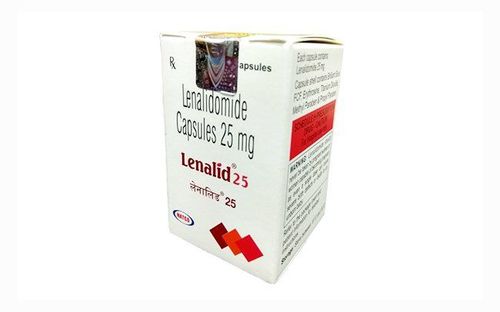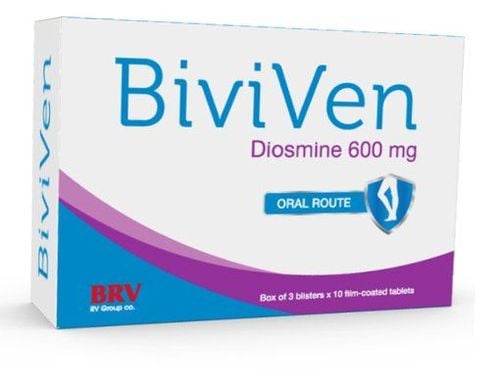This is an automatically translated article.
Chronic venous insufficiency is a common disease, common in the lower extremities. Besides using drugs, patients can treat this disease by using intravenous sclerotherapy with the advantages of simplicity, low cost and ease of implementation. One of the widely used intravenous sclerotherapy is Aetoxisclerol.
1. What are spider veins and varicose veins?
Spider veins and varicose veins are a common condition that affects the overall health of many adults. This abnormal blood vessel enlargement occurs more often in women than in men, occurs most often in the lower extremities, and its prevalence increases with age. According to statistics, the disease of spider veins affects nearly 1⁄2 of the adult population.
The concept of spider veins (or Telangiectasias) are clusters of small blood vessels that grow close to the surface of the skin, often red, blue or purple with a characteristic shape like a spider's web. Spider veins usually appear on the face and lower extremities.
Varicose veins is a chronic disease when the veins are abnormally enlarged, the most common location is the legs. Varicose veins have features such as blue, purple or similar skin color, enlarged, twisted and bulging shape, sometimes protruding above the surface of the skin.
Chronic varicose veins and spider veins are often caused by structural vascular abnormalities. Anatomically and physiologically, veins carry blood back to the heart from other organs in the body. To perform this function, veins have a structure called a one-way valve that prevents blood from flowing back into the periphery. Due to various causes, one-way valves no longer function properly, which allows blood in the veins to back up and pool. Over time, the stagnation of blood in the veins will increase pressure and as a result, the veins will weaken and dilate. Spider veins and varicose veins develop from distension and dilation of damaged blood vessels and manifest clinically.
2. What is sclerotherapy?
Varicose veins and spider veins affect the health, appearance and psychology of the patient. Therefore, thorough treatment is essential. Besides using drugs to reduce blood stagnation in the veins, patients can inject sclerotherapy with some drugs such as Aetoxisclerol.
Principle of intravenous sclerotherapy: When sclerosing drugs are injected into the problematic vein, these substances will directly damage the endothelium and adjacent components of the mediastinum, in addition to a number of other effects. Other uses include shrinkage and thrombus formation that block the dilated venous lumen. Venous sclerotherapy can be in the form of a solution (such as Aetoxisclerol) or a foam (which is a mixture of gas and a solution that causes varicose veins). The advantages of foam drugs are higher treatment efficiency, lower complication rate, volume and concentration of fibrous matter.
In the process of injecting drugs that cause varicose veins, the doctor needs to use a Doppler ultrasound machine for the purpose of guiding and controlling during the procedure. In addition, Doppler ultrasound is also a method that can evaluate the immediate and long-term effectiveness of the procedure causing varicose veins, besides the ability to detect associated deep vein thrombosis complications.
3. What is Aetoxisclerol?
Aetoxisclerol 2% has the packing specification of each tube of 2ml equivalent to 40mg of active ingredient Lauromacrogol 400, each box includes 5 ampoules. Aetoxisclerol is an intravenous sclerotherapy used to treat uncomplicated small spider veins and varicose veins of the lower extremities.
Note that Aetoxisclerol is not suitable for the treatment of varicose veins larger than 3mm in diameter, and this is not a specific treatment for varicose veins and the effect may not last long.
4. Indications and contraindications of the drug Aetoxisclerol
4.1. Indications Aetoxisclerol is used in the following cases:
Varicose veins under 1mm in size; Superficial reticular varices, 1-3 mm in size, and no reflux at the venous valve on ultrasound; Residual superficial varicose veins after surgery or intervention to treat saphenous varicose veins; Venous malformation of small size, hemangioma type; Symptomatic large or small saphenous vein insufficiency, with regurgitation on ultrasound; Persistent venous insufficiency or recurrent superficial venous insufficiency. 4.2. Contraindications of the drug Aetoxisclerol Do not use intravenous sclerotherapy Aetoxisclerol in the following cases:
Allergy to Lauromacrogol; Acute deep vein thrombosis of the lower extremities; Medical history of coagulopathy; Arterial disease of the lower extremities with an ABI less than 0.8; Pregnant women; Oval hole and clinical symptoms in some cases should not be used Aetoxisclerol:
Existence of oval hole and no symptoms; History of severe migraine; May-Thurner syndrome; Klippel-Trenaunay syndrome.
5. Aetoxisclerol side effects
A feeling of mild numbness or tingling; Headache; Stimulating hair growth in the legs sclerotherapy; Pain, warmth, itching or slight bruising at the injection site of Aetoxisclerol. Get emergency medical help if you have any symptoms of a serious allergic reaction such as a rash; sneezing, runny nose, difficulty breathing, swelling of the face, lips, tongue, or throat.
Patients should inform their treating doctor immediately if there are serious side effects such as:
Severe pain, burning sensation or irritation in the legs where the sclerotherapy is injected; The skin at the injection site of Aetoxisclerol is discolored; severe headache, confusion, vision, speech or balance disturbances; Pain, swelling, heat, or redness in the leg; The feeling of heavy leg numbness does not go away; Shortness of breath, fast heartbeat, nervousness, palpitations; Confusion, feeling about to faint.
6. Some cautions when using Aetoxisclerol drug
Aetoxisclerol can cause serious, sometimes fatal, allergic reactions. Therefore, the patient will be closely monitored for at least 10 minutes after the injection of Aetoxisclerol. Aetoxisclerol can cause tissue damage if injected into an artery or if it leaks out from a vein. Patients with signs of tissue damage such as redness, burning, pain, swelling, blistering, skin ulcers... should report to the treating doctor. Blood clot formation has been reported to occur with Aetoxisclerol injection. Therefore, patients should discuss and discuss this issue with their doctor before sclerotherapy. Pregnant women and nursing mothers should not receive Aetoxisclerol injection. Aetoxisclerol is an intravenous sclerotherapy used to treat uncomplicated small spider veins and varicose veins of the lower extremities. To ensure effective treatment, users need to strictly follow the instructions.
Follow Vinmec International General Hospital website to get more health, nutrition and beauty information to protect the health of yourself and your loved ones in your family.
Please dial HOTLINE for more information or register for an appointment HERE. Download MyVinmec app to make appointments faster and to manage your bookings easily.













